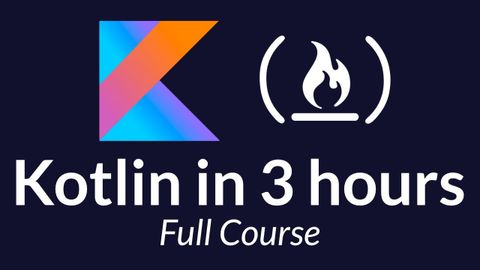Kotlin課程--初學者教程。 (Kotlin Course - Tutorial for Beginners)
 沒有此條件下的單字
沒有此條件下的單字- n. (c./u.)通道;接近或使用的機會;訪問
- v.t.訪問
- v.t./i.存取(資料);訪問
US /ɪkˈsprɛʃən/
・
UK /ɪk'spreʃn/
- n. (c./u.)表達;措辭;表情;表達式;表現;表現
US /ˈɪnstəns/
・
UK /'ɪnstəns/
- n. (c./u.)例證;實例;事件;實例 (電腦)
- v.t.例
- phr.應…的要求
- v.t./i.您喜歡;覺得你想體驗一把;幻想;不現實
- adj.浮華;炫耀

